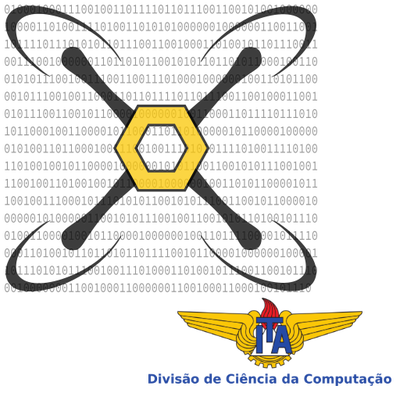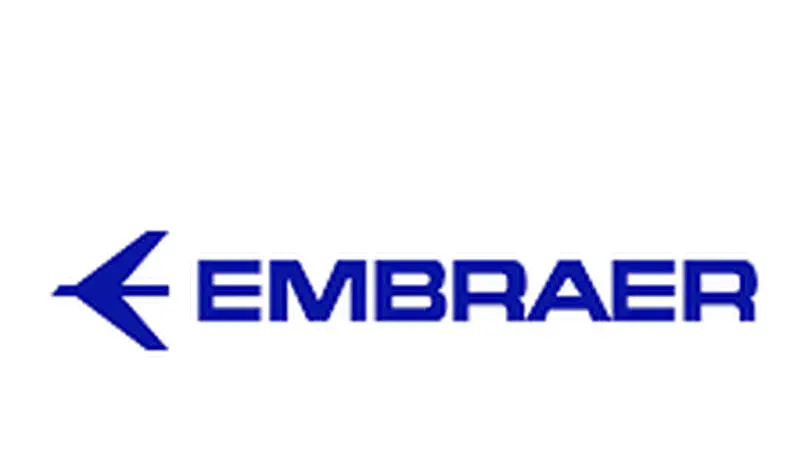DroneComp Research Group
Our research group conducts high-level research on the design and development of computer systems and computational methods for the next-generation air transportation system.

Research fields
We study computer science fields related to the cyber-physical system of drones.
Tradable Mobility Permit Market
Agent Based Market Simulation
Reconfigurable computing
Real-time systems
Formal model-based design
Domain-specific architectures
Algorithms
Optimization
Parallel Computing
Artificial Intelligence
Control Systems
Sensor Fusion
Agent-Based Modeling
Complex Networks
Complex Systems
Certification
Quality Assurance
Requirements Engineering
Information Systems
Projects
Latest News
Estão abertas, no período de 01/09 a 07/10/2022, as inscrições para o processo seletivo para concessão de até 3 (três) bolsas de pesquisa e desenvolvimento tecnológico, para a realização de atividades de pesquisa e desenvolvimento para reconhecimento de objetos na superfície marítima utilizando Inteligência Artificial (IA) no âmbito do Projeto de Desenvolvimento de Ciência e Tecnologia “Tripulante Virtual - Autonomous Search System”, coordenado pelo Prof. Dr. Filipe A. N. Verri da Divisão de Ciência da Computação do Instituto Tecnológico de Aeronáutica (ITA), co-executado em projeto da Fundação CERTI.



